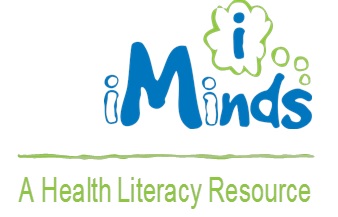The great appeal of “just say no” is that it is simple – straightforward. But that simplicity replaces a broad commitment to “education” with a narrow application of “social marketing” (the art of selling someone on an idea or behaviour that promotes the social good). Nothing wrong with social marketing, but it should never be all there is to drug education.
A similar narrowing process seems to have happened with our concept of discipline which has largely come to be seen as punishment. But discipline is from the root “disciple,” and a disciple is a student or apprentice – one who is learning. So how did discipline come to mean punishment? Well, because some ancient one discovered that humans do not like pain. And, if you induce pain and associate it with a particular behaviour, a person may learn to avoid the pain by avoiding the behaviour – a sort of hands-on social marketing. All of this is true – but it is not the whole truth.
Life is more complex. Not everyone has had the same past experiences or holds the same beliefs or has the same personality. As a result, not everyone reacts the same way to any specific situation, including punishment or a social marketing message. In practice a social marketing campaign that works with some people may, in fact, have a negative impact on those most vulnerable to harm. The same is true for punishment.
So, for example, a zero-tolerance policy related to drug use may help students who are highly connected to the school and motivated to achieve high marks to make sure they do not get caught smoking weed at school. But the same policy might have a very different effect on a student who feels little connection to the school. The resulting suspension may actually be a “badge of achievement” rather than something to be avoided. That means, the punishment has little deterrent effect, but it is, nonetheless, harmful in that it lowers the student’s connection to school and the chance of successful completion. The evidence is mounting that punitive responses are doing more harm than good.
So what can schools do about drugs? The available evidence seems to suggest that multiple strategies are needed and that these various elements of a comprehensive approach need to work together. For example, clear policies that articulate acceptable behaviour can define a positive school culture. But, it is also important that the policies and practices engage all members of the community (including students and their families) in nurturing this positive physical and social environment. Well-trained and supported teachers will facilitate learning environments that engage students as active learners. Restorative approaches to discipline will contribute to, rather than interrupt, learning for students who get into trouble. And a continuum of school- and community-based services will support and promote student and staff health and well-being.
None of this, of course is simple, but then …
“For every complex problem there is an answer that is clear, simple, and wrong” (H. L. Mencken).
Author: Dan Reist, Assistant Director (Knowledge Exchange), Centre for Addictions Research of BC
**Please note that the material presented here does not necessarily imply endorsement or agreement by individuals at the Centre for Addictions Research of BC.



